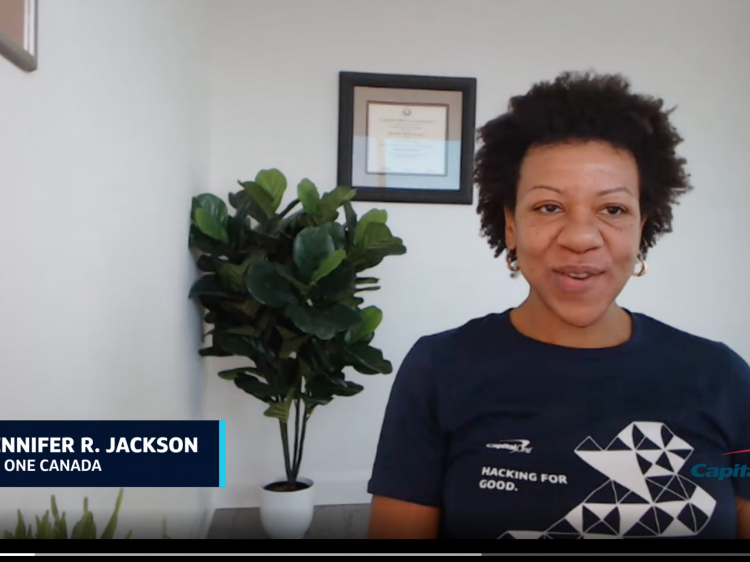Navigating Low Inflation: A Practical Podcast Guide

Table of Contents
Understanding Low Inflation and its Causes
Defining Low Inflation:
What constitutes low inflation? It's crucial to differentiate between deflation, disinflation, and low inflation. Deflation is a sustained decrease in the general price level, while disinflation represents a slowing down of the inflation rate. Low inflation, on the other hand, typically refers to a situation where prices are rising, but at a slow and manageable pace – often below a central bank's target rate (usually around 2%). The Consumer Price Index (CPI) is a key economic indicator used to measure inflation. The CPI tracks changes in the prices of a basket of consumer goods and services, providing a snapshot of the overall price level in an economy.
- Definition of low inflation: A sustained, slow increase in the general price level, often below the central bank's target rate.
- CPI explanation: The Consumer Price Index (CPI) measures the average change in prices paid by urban consumers for a basket of consumer goods and services.
- Historical context of low inflation periods: Examining past periods of low inflation helps understand its potential impacts and associated economic trends.
Factors Contributing to Low Inflation:
Several global economic factors influence inflation rates. Technological advancements, leading to increased efficiency and lower production costs, contribute to price stability. Globalization, with its increased competition and access to cheaper goods, also plays a significant role. Changes in consumer behavior, such as increased preference for durable goods over services, can also impact inflation. Additionally, a global economic slowdown or deliberate monetary policy actions by central banks, such as raising interest rates, can curb inflation.
- Technological advancements: Automation and improved productivity reduce production costs, suppressing price increases.
- Globalization: Increased competition and access to cheaper imports keep prices in check.
- Shifting consumer behavior: Changes in spending habits can influence demand and thus inflation.
- Global economic slowdown: Reduced economic activity lowers demand and inflationary pressure.
- Monetary policy: Central banks use interest rate adjustments to manage inflation.
Impact of Low Inflation on Personal Finance
Savings and Investments:
Low inflation impacts savings accounts, bonds, and other fixed-income investments significantly. While it might seem beneficial to have low returns, it's crucial to consider real returns, which account for the effects of inflation. In a low-inflation environment, the real return on savings accounts and bonds may be relatively low. Diversification across various asset classes, including stocks, real estate, and alternative investments, becomes critical to mitigate risk and potentially achieve higher real returns.
- Low inflation and savings accounts: Yields on savings accounts may be low, but your purchasing power is relatively stable.
- Impact on bond yields: Low inflation often leads to lower bond yields, impacting fixed-income investments.
- Real vs. nominal returns: Understanding the difference between real (inflation-adjusted) and nominal returns is crucial.
- Importance of diversification: Spreading investments across different asset classes reduces overall risk.
- Alternative investment strategies: Explore options like real estate or commodities to potentially offset low returns from traditional investments.
Borrowing and Debt:
Low inflation usually translates to low borrowing costs. This means lower interest rates on mortgages, credit card debt, and other loans. While lower interest rates make borrowing more attractive, it's essential to manage debt responsibly. Refinancing opportunities might arise during low-inflation periods, allowing you to potentially lower your monthly payments. However, it's always wise to evaluate the long-term implications of any debt before taking it on.
- Low interest rates and borrowing: Lower interest rates make it cheaper to borrow money for large purchases.
- Mortgage rates: Low inflation typically leads to lower mortgage rates, making homeownership more affordable.
- Credit card interest: Lower interest rates on credit cards can reduce the cost of revolving debt.
- Debt management strategies: Develop and stick to a budget to manage your debts effectively.
- Refinancing opportunities: Consider refinancing existing loans to take advantage of lower interest rates.
Key Podcasts to Help Navigate Low Inflation
Top Podcast Recommendations:
Several excellent podcasts offer insightful analysis on low inflation and related economic topics. These podcasts provide expert perspectives and help you navigate the complexities of personal finance in a low-inflation environment. Remember to critically evaluate the information presented and consider diverse viewpoints.
- Podcast Name 1: [Link to Podcast] (Focus: Macroeconomics and Inflation)
- Podcast Name 2: [Link to Podcast] (Focus: Personal Finance and Investment Strategies)
- Podcast Name 3: [Link to Podcast] (Focus: Global Economics and Geopolitical Impacts)
- Podcast Name 4: [Link to Podcast] (Focus: Behavioral Economics and Financial Decision-Making)
- Podcast Name 5: [Link to Podcast] (Focus: Specific economic analyses and current events impacting low inflation.)
Evaluating Podcast Credibility:
It's crucial to evaluate the reliability and objectivity of financial podcasts. Look for podcasts with verifiable sources, hosts with relevant credentials, and balanced perspectives. Be wary of podcasts with heavy advertising or undisclosed sponsorships, as this can influence their content and bias their viewpoints. Always cross-reference information with multiple credible sources.
- Source verification: Check the credibility and accuracy of information presented.
- Expert credentials: Look for hosts and guests with appropriate qualifications and experience.
- Balanced perspectives: Consider podcasts that present diverse viewpoints and different economic theories.
- Transparency of sponsorships: Be aware of potential conflicts of interest stemming from sponsorships.
Conclusion:
Navigating low inflation requires a nuanced understanding of its causes and effects on personal finances and investment strategies. By using resources like the recommended podcasts and the information in this guide, you can make informed decisions. Remember to stay informed, diversify your investments, and regularly review your financial strategies in light of prevailing economic conditions. Continue your learning journey by exploring more resources on navigating low inflation and building your financial literacy. Understanding and adapting to low inflation is crucial for long-term financial success.

Featured Posts
-
 Jennifer Lopezs Mentorship The Role Of Janet Jackson
May 27, 2025
Jennifer Lopezs Mentorship The Role Of Janet Jackson
May 27, 2025 -
 Yellowstone Season 6 Beth And Rip Spinoff And Kayce Series Confirmed
May 27, 2025
Yellowstone Season 6 Beth And Rip Spinoff And Kayce Series Confirmed
May 27, 2025 -
 When Does Matlock Return A Guide To New Episodes
May 27, 2025
When Does Matlock Return A Guide To New Episodes
May 27, 2025 -
 1923 Season 2 Episode 4 Free Streaming A Complete Guide
May 27, 2025
1923 Season 2 Episode 4 Free Streaming A Complete Guide
May 27, 2025 -
 Investigation Reveals Prolonged Chemical Presence In Buildings Post Ohio Derailment
May 27, 2025
Investigation Reveals Prolonged Chemical Presence In Buildings Post Ohio Derailment
May 27, 2025
